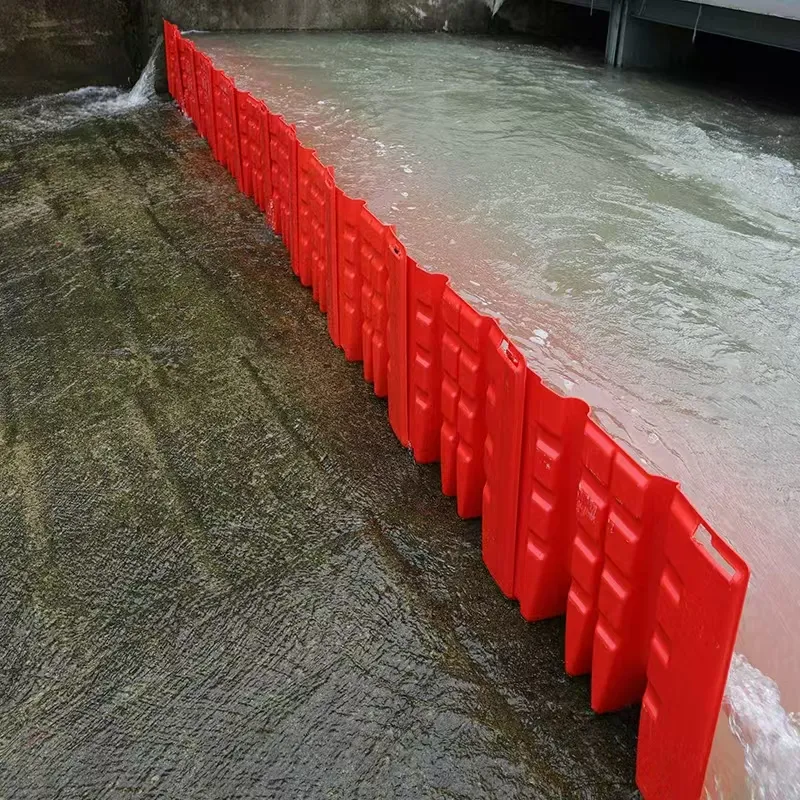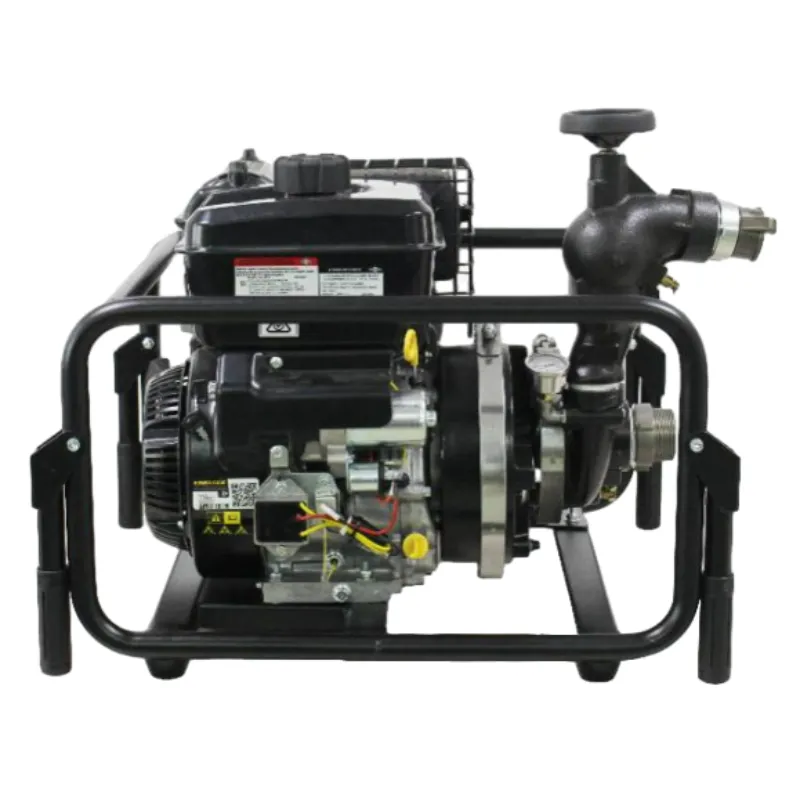

Folding Ladders, also known as attics or folding attic ladders, are compact and designed to navigate confined spaces. These ladders are crucial for reaching attic spaces or basements, where larger ladders cannot maneuver. The expertise in their use comes from understanding their limitations and ensuring they are deployed only in scenarios that match their design capabilities, such as search and rescue operations in a tight environment. The Combination Ladder offers flexibility, as it can be configured in multiple ways—extension, step ladder, or A-frame. Its multipurpose design is beneficial in situations where the type of access needed may change rapidly. Firefighters value combination ladders for their adaptability and find them particularly useful in unpredictable scenarios where terrain conditions continuously shift. Finally, the Step Ladder is often used in non-emergency situations, such as routine maintenance and inspections. Although less prominent in active firefighting, step ladders are essential for tasks that require stability and ease of use at lower heights. They demonstrate reliability in controlled environments, emphasizing the trustworthiness firefighters place in using appropriate equipment for specific tasks. Understanding these ladder types involves both product knowledge and field experience. Manufacturers play a significant role in ensuring that the ladders meet rigorous safety standards, while firefighting authorities provide validation through exhaustive testing and real-world applications. This synergy between production and application is critical to developing ladders that firefighters can rely on. The insight gathered from seasoned professionals in the field emphasizes the noteworthy evolution and the indispensable nature of firefighting ladders in safeguarding lives and property.





























